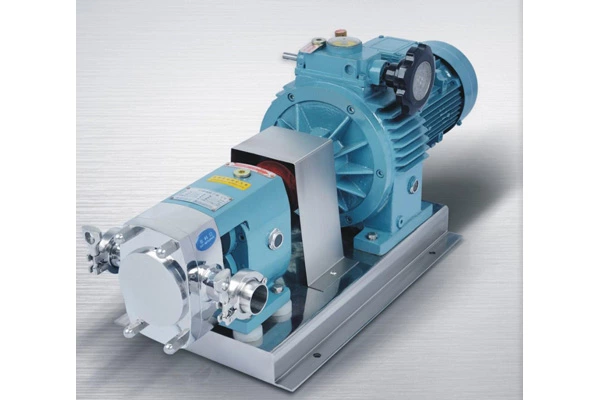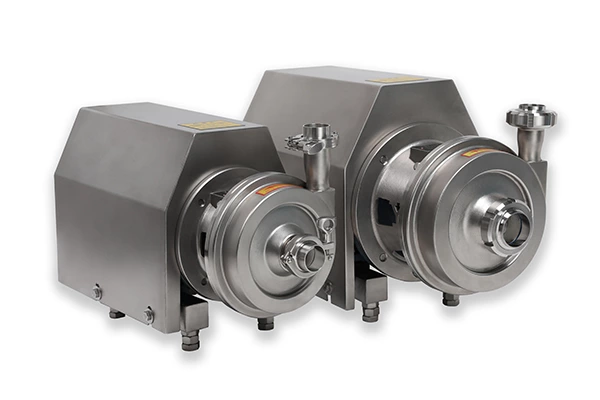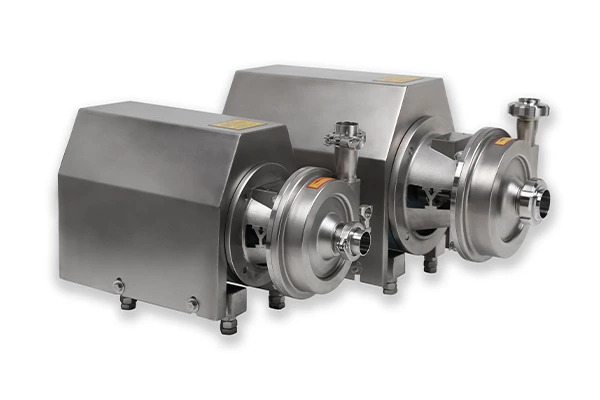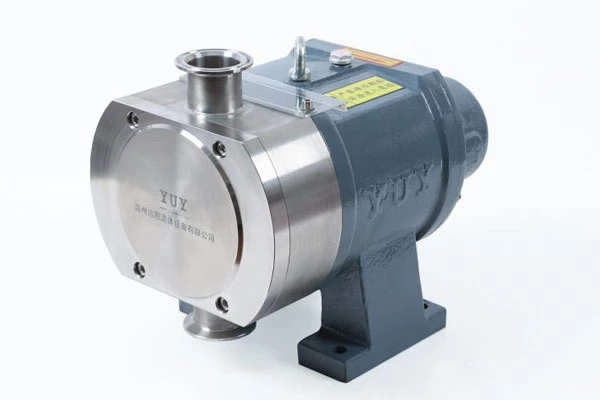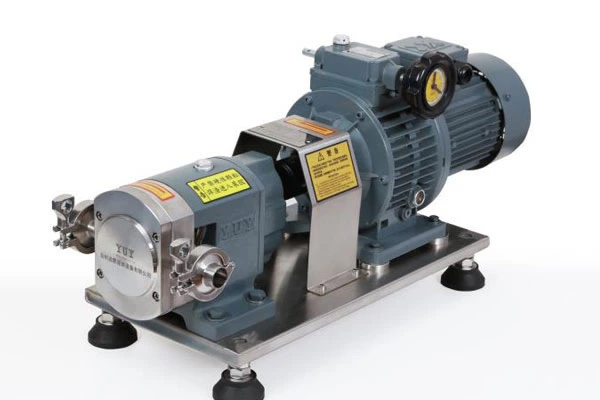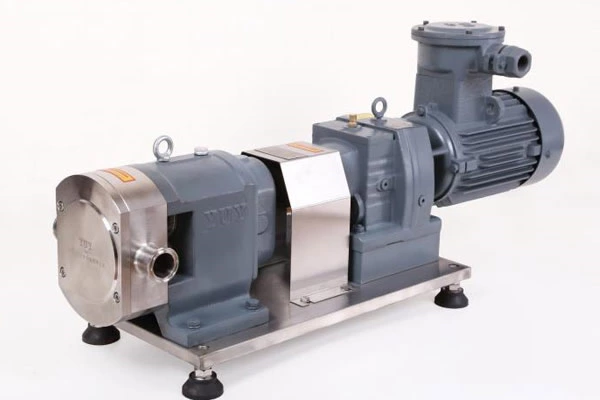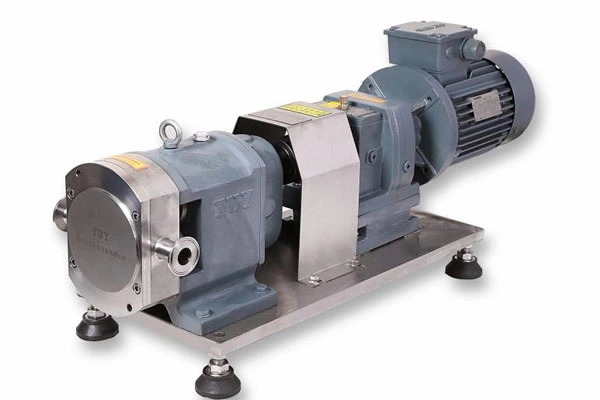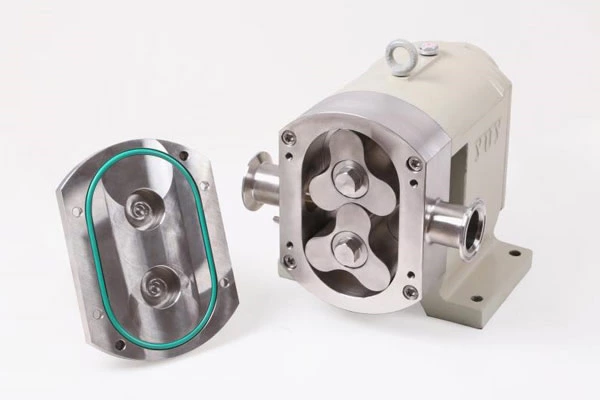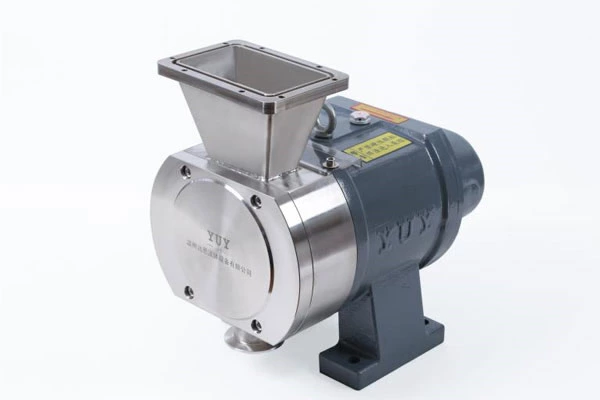The Key Points For Material Selection Of Sanitary Rotary Cam Pump Manufacturers Are As Follows
Corrosion has always been one of the most troublesome hazards of chemical equipment. If you are not careful, the equipment may be damaged at the least, or an accident or even a disaster may occur at the worst. According to relevant statistics, about 60% of the damage to chemical equipment is caused by corrosion. Therefore, when selecting a sanitary rotary cam pump, you must first pay attention to the scientific selection of materials. There is usually a misunderstanding that stainless steel is a "universal material". No matter what the medium and environmental conditions are, stainless steel pumps are used. This is very dangerous. Here are the key points of material selection for some commonly used chemical media:
1.Sanitary Rotary Lobe Pump material and selection introduction, sulfuric acid As one of the highly corrosive media, sulfuric acid is an important industrial raw material with a wide range of uses. Sulfuric acid of different concentrations and temperatures has a large difference in the corrosion of materials. For concentrated sulfuric acid with a concentration of more than 80% and a temperature of less than 80°C, carbon steel and cast iron have better corrosion resistance, but it is not suitable for high-speed sulfuric acid and is not suitable for use as a material for pumps and valves; ordinary stainless steel such as 304 (0Cr self-priming pump 18Ni9) and 316 (0Cr18Ni12Mo2Ti) are also limited in use for sulfuric acid media. Therefore, pumps and valves for conveying sulfuric acid are usually made of high-silicon cast iron (difficult to cast and process) and high-alloy stainless steel (No. 20 alloy). Fluoroplastics have good resistance to sulfuric acid, and using fluorine-lined pumps (F46) is a more economical choice.
2. Introduction to the materials and selection of sanitary rotary cam pumps, hydrochloric acid Most metal materials are not resistant to hydrochloric acid corrosion (including various stainless steel materials), and molybdenum-containing high-silicon iron can only be used for hydrochloric acid below 50°C and 30%. In contrast to metal materials, most non-metallic materials have good corrosion resistance to hydrochloric acid, so lined rubber pumps and plastic pumps (such as polypropylene, fluoroplastics, etc.) are the best choices for conveying hydrochloric acid.
3. Introduction to the material and selection of sanitary rotary cam pumps, nitric acid Most general metals are quickly corroded and destroyed in nitric acid. Stainless steel is the most widely used nitric acid-resistant material, and has good corrosion resistance to nitric acid of all concentrations at room temperature. It is worth mentioning that the corrosion resistance of molybdenum-containing stainless steel (such as 316, 316L) to nitric acid is not only not better than that of ordinary stainless steel (such as 304, 321), but sometimes even worse. For high-temperature nitric acid, titanium and titanium alloy materials are usually used.
4. Introduction to the material and selection of sanitary rotary cam pumps, acetic acid It is one of the most corrosive substances in organic acids. Ordinary steel will be severely corroded in acetic acid of all concentrations and temperatures. Stainless steel is an excellent acetic acid-resistant material. Molybdenum-containing 316 stainless steel can also be used for high temperature and dilute acetic acid vapor. For high temperature and high concentration acetic acid or other corrosive media and other harsh requirements, high alloy stainless steel pumps or fluoroplastic pumps can be selected.
5. Introduction to the material and selection of sanitary rotary cam pumps, alkali (sodium hydroxide) Steel is widely used in sodium hydroxide solutions below 80°C and within 30% concentration. Many industrial submersible pump factories still use ordinary steel at 100°C and below 75%. Although corrosion increases, it is economical. Ordinary stainless steel has no obvious advantage over cast iron in corrosion resistance to alkali solution. As long as a small amount of iron is allowed to be added to the medium, stainless steel is not recommended. Titanium and titanium alloys or high-alloy stainless steel are mostly used for high-temperature alkali solution.
6. Introduction to the material and selection of sanitary rotary cam pumps, ammonia (ammonia hydroxide) Most metals and non-metals are slightly corroded in liquid ammonia and ammonia water (ammonia hydroxide). Only copper and copper alloys are not suitable for use. Most of the company's products are suitable for the transportation of ammonia and ammonia water.
7. Introduction to the material and selection of sanitary rotary cam pumps, salt water (seawater) Ordinary steel has a low corrosion rate in sodium chloride solution, seawater and salt water, and generally needs to be protected by coatings; various types of stainless steel also have a very low uniform corrosion rate, but may cause local corrosion due to chloride ions, and 316 stainless steel is usually better. All types of sanitary rotary cam pumps in the company are equipped with 316 materials.
8. Introduction to the material and selection of sanitary rotary cam pumps, alcohols, ketones, esters, ethers Common alcohol media include methanol, ethanol, ethylene glycol, propanol, etc., ketone media include acetone, butanone, etc., ester media include various methyl esters, ethyl esters, etc., ether media include methyl ether, ethyl ether, butyl ether, etc. They are basically non-corrosive and commonly used materials can be used. When selecting, reasonable choices should be made according to the properties of the medium and related requirements. It is also worth noting that ketones, esters, and ethers are soluble in many types of rubbers, so avoid mistakes when selecting sealing materials.
